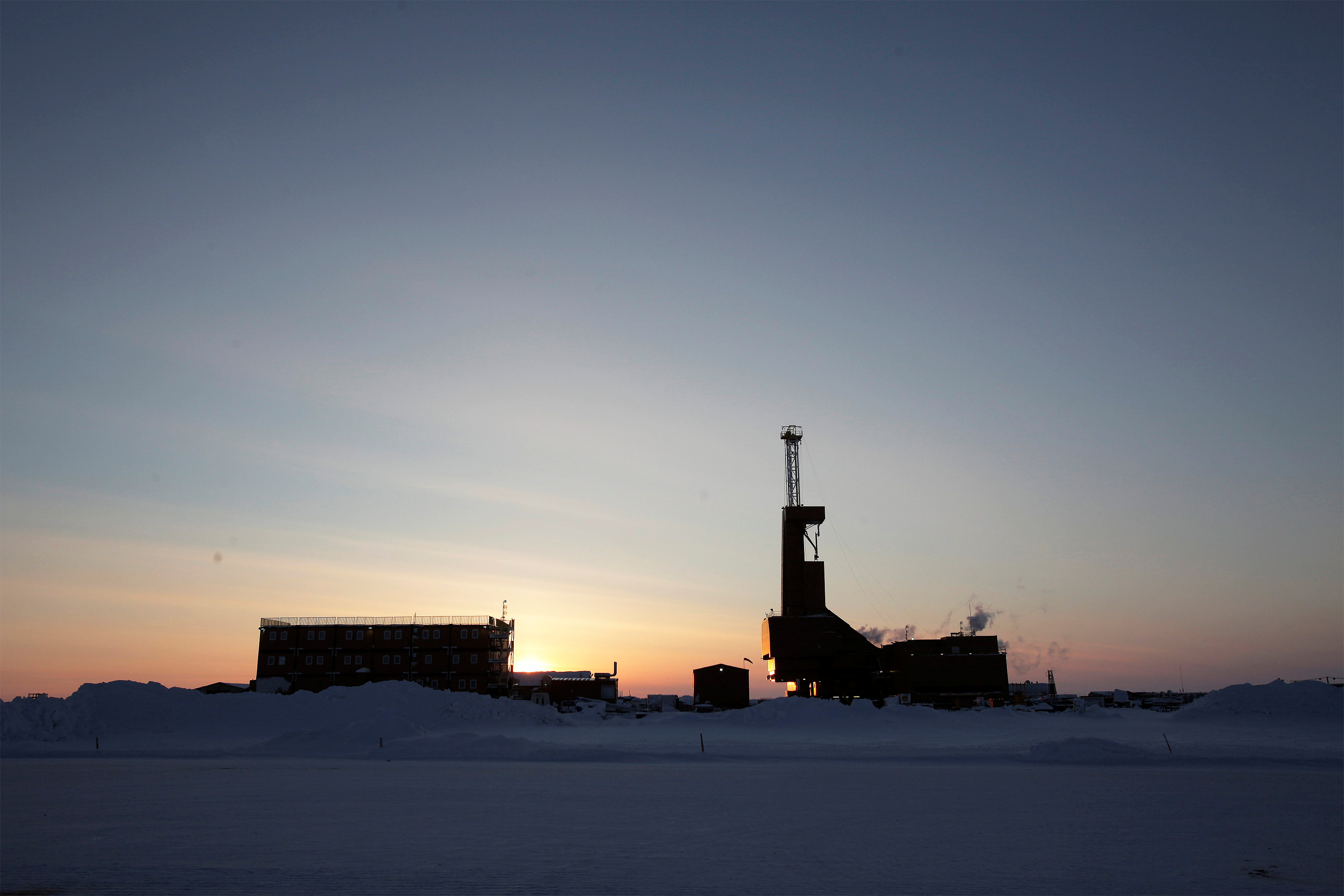Alaska’s new governor will face a daunting financial challenge
ANALYSIS: Alaska's new governor campaigned on paying higher Permanent Fund Dividends. The challenge will be how to afford them.

Alaska’s next governor takes office in December after a campaign that largely hinged on his opposition to taxes and his support for sending Alaskans bigger annual checks from the state’s $63 billion savings account.
But former state Sen. Mike Dunleavy never spelled out in detail exactly how he would fit all the pieces together and pay for state services while preserving the Alaska Permanent Fund for future generations.
Whether Dunleavy will be able to carry through on his pledges will depend on what happens with oil prices and how much more of state savings he is willing to spend.
Dunleavy easily defeated former U.S. Sen. Mark Begich, a Democrat, in a race that was also marked by the withdrawal of incumbent Gov. Bill Walker, an independent.
Walker dropped out of the campaign less than three weeks before the vote after his running mate, Lt. Gov. Byron Mallott, resigned from office because of a sexual harassment incident involving comments made to a woman.
[Alaska’s independent governor drops re-election bid]
But long before that happened, Walker was in political trouble because of the fiscal austerity measures he had taken starting in 2016 to create a fiscal plan after the prolonged collapse in oil prices.
Walker took actions that were necessary and unpopular and he paid the price.
In recent years, the central issue in Alaska politics has been about taxes and the size of the annual dividend checks distributed each fall by the state.
Each Alaskan received $1,100 in 2017 through the Permanent Fund Dividend, a compromise that was about half of what it would have been under the formula in state law.
Walker and the Alaska Legislature settled on the lower number because of the financial crunch, but Dunleavy argued that the annual checks should be much larger, though he was mostly silent on the budgetary tradeoffs necessary to afford the largess.
In a letter before Election Day, Walker called on his successor to stick with a legislative compromise approved last spring that would limit total withdrawals from the permanent fund to 5.25 percent of its value.
But the bipartisan political deal is already on the rocks.
Legislators and Walker agreed to fund a $1,600 dividend this year, but Dunleavy wants to double that amount. Plus, he also wants to withdraw an additional $2.4 billion from the Permanent Fund to make up for three years of cuts to the dividend.
The $6,700 per person payout would destroy the idea that state leaders have the discipline to limit withdrawals to amounts that can be safely sustained for generations.
[How Norway and Alaska took different paths when it came to investing windfalls from oil development]
It is the sort of short-term thinking that has long dominated Alaska politics.
In 25 years, that $2.4 billion could grow to $10 billion, earning 6 percent a year more than inflation, producing permanent returns and helping the Alaska economy in the years ahead.
The state has blown $14 billion in savings since the 2014 collapse in the price of oil, nearly draining the major accounts outside the permanent fund, but the campaign promises of 2018 raise serious questions about whether political leaders have the courage to find a “stable fiscal path.”
In this election season, mercifully at an end, candidates for state office once again elevated the dividend to the leading place in Alaska political discourse, leaving no room for honest discussions about the state budget and taxes.
Dunleavy and many other Republican candidates pandered themselves into a corner with pledges for bigger dividends, no taxes and the preservation of every program that people like.
They haven’t demonstrated how this is going to work, reflexively claiming that resource development will unlock the door to prosperity.
Alaskans love that bromide, which will be a central theme of the Dunleavy administration.
As former Gov. Frank Murkowski put it in his first address to the Legislature in 2003: “What is our plan for increasing revenue? Well, ladies and gentlemen, in a single word: oil.”
Oil prices have fallen in the last month from $85 a barrel to $73 a barrel, but that remains higher than predicted. If those prices stick for the fiscal year, the state will take in hundreds of millions more than estimated, which would cover or reduce the deficit. That could temporarily rescue our political leaders from the consequences of their rhetoric.
One measure of the giant disconnect between Alaskans and the size of our budget challenge is that Dunleavy keeps saying that the Permanent Fund earnings reserve contains $19 billion. He repeated this during the final debate last week with Democrat Mark Begich.
The earnings reserve contains $17 billion. These numbers are so large and abstract that a $2 billion error goes unnoticed.
A lot is uncertain about what happens next, but one question won’t go away: When will elected officials recognize the impossible math underlying promises to raise dividends, draw more from savings, continue state services, avoid taxes and preserve the Permanent Fund?
Columnist Dermot Cole lives in Fairbanks and has been covering Alaska politics for 40 years.